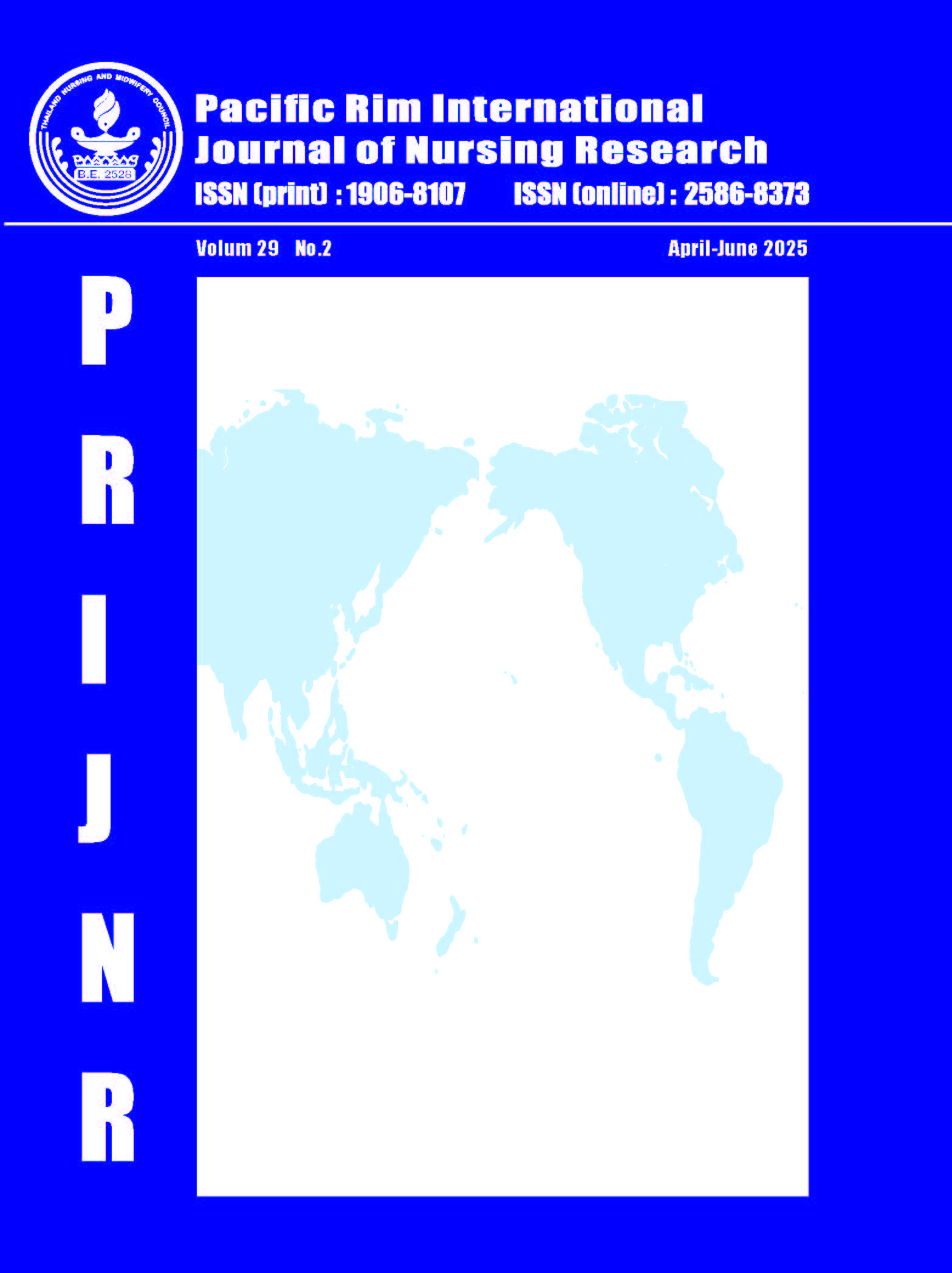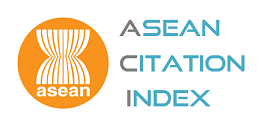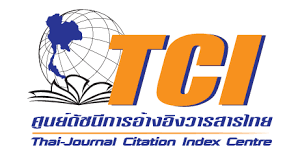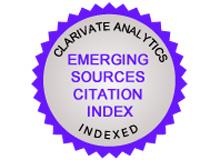Effectiveness of Self and Family Management Support Program among Older Adults with Glaucoma: A Quasi-Experimental Study
DOI:
https://doi.org/10.60099/prijnr.2025.272560Keywords:
Family caregivers, Glaucoma, Intraocular pressure, Intraocular pressure control behavio, Older adults, Self-managementAbstract
Glaucoma leads to permanent vision loss in older adults. Self- and family-management behavior is crucial to controlling intraocular pressure. However, there is limited intervention research in this population regarding involving and training family caregivers to help with the daily self-management of glaucoma. This two-group quasi-experimental with pre-posttest study aimed to investigate the effects of the self and family-management support program on behavior to control intraocular pressure and intraocular pressure in older adults with glaucoma. The participants were a pair of 76 older adults with glaucoma visiting the outpatient ophthalmology clinic of a secondary hospital in western Thailand, and their family caregivers were selected through simple random sampling. The control group (n =38) that received only usual care was studied first, then the experimental group (n = 38) that received the program combined with usual care for 8 weeks was studied. The program was guided by the Individual and Family Self-Management Theory, which states that older adults and family caregivers are the center of glaucoma self-management. Data were collected using a Demographic Questionnaire for both older adults with glaucoma and caregivers, the Intraocular Pressure Control Behavior Questionnaire, and a tonometer. Data were analyzed using descriptive statistics, a dependent t-test, and an independent t-test.
After immediately completing the 8-week program, the experimental group had a significantly higher mean score of intraocular pressure control behavior and a significantly lower mean score of intraocular pressure than before the program and than the control group. This program has the potential to support appropriate intraocular pressure control behavior, but its effectiveness should be followed up in the long term before it can be widely used.
References
Harasymowycz P, Birt C, Gooi P, Heckler L, Hutnik C, Jinapriya D, et al. Medical management of glaucoma in the 21st century from a Canadian perspective. J Ophthalmol. 2016; 2016:6509809. doi: 10.1155/2016/6509809.
Shan S, Wu J, Cao J, Feng Y, Zhou J, Luo Z, et al. Global incidence and risk factors for glaucoma: a systematic review and meta-analysis of prospective studies. J Glob Health. 2024;14:04252. doi: 10.7189/jogh.14.04252.
Lin Y, Jiang B, Cai Y, Luo W, Zhu X, Lin Q, et al. The global burden of glaucoma: findings from the global burden of disease 2019 study and predictions by Bayesian age-period-cohort analysis. J Clin Med. 2023;12(5):1828. doi: 10.3390/jcm12051828.
Allison K, Patel D, Alabi O. Epidemiology of glaucoma: the past, present, and predictions for the future. Cureus. 2020;12(11):e11686. doi: 10.7759/cureus.11686.
Chaisiri P, Vincent JE, Jenchitr W, Yospaiboon Y. Prevalence of eye diseases of the elderly in university eye clinic. J Med Assoc Thai. 2024;107(5):309-15. doi: 10.35755/jmedassocthai.2024.5.13982.
Wang Y, Guo Y, Zhang Y, Huang S, Zhong Y. Differences and similarities between primary open angle glaucoma and primary angle-closure glaucoma. Eye Brain. 2024;16:39-54. doi: 10.2147/EB.S472920.
Asrani SG, McGlumphy EJ, Al-Aswad LA, Chaya CJ, Lin S, Musch DC, et al. The relationship between intraocular pressure and glaucoma: an evolving concept. Prog Retin Eye Res. 2024;103:101303. doi: 10.1016/j.preteyeres.2024.101303.
Vision Loss Expert Group of the Global Burden of Disease Study, GBD 2019 Blindness and Vision Impairment Collaborators. Global estimates on the number of people blind or visually impaired by glaucoma: a meta-analysis from 2000 to 2020. Eye (Lond). 2024;38(11):2036-46. doi: 10.1038/s41433-024-02995-5.
Thongthong K. Prevalence of glaucomatous blindness. Eye SEA.2021:16(2):69–77. doi:10.36281/2021020205.
Jesus J, Ambrósio J, Meira D, Rodriguez-Uña I, Beirão JM. Blinded by the mind: exploring the hidden psychiatric burden in glaucoma patients. Biomedicines. 2025; 13(1):116. doi:10.3390/biomedicines13010116.
Kopilaš V, Kopilaš M. Quality of life and mental health status of glaucoma patients. Front Med (Lausanne). 2024;11:1402604. doi: 10.3389/fmed.2024.1402604.
Kio J, Bankole MA, Ayodele KO. Nurse led intervention on the self-management of glaucoma among patients at federal medical center Idi Aba, Abeokuta, Ogun State, Nigeria. Int J Res Med Sci. 2020;8(7):2568-74. doi: 10. 18203/2320-6012.ijrms20202897.
Hua Y, Lu H, Dai J, Zhou Y, Zhou W, Wang A, et al. Self-management challenges and support needs among patients with primary glaucoma: a qualitative study. BMC Nurs. 2023;22(1):426. doi: 10.1186/s12912-023-01527-y.
Vats S, Kumar P, Moulick P, Tripathi A, Mishra SK, Dhull P, et al. Awareness and knowledge of glaucoma among adult patients of primary open-angle glaucoma at the outpatient department of ophthalmology of a tertiary care center in Western India: a cross-sectional questionnaire-based study. Pan Am J Ophthalmol. 2024;6(3):105. doi: 10.4103/pajo.pajo_67_24.
Quaranta L, Novella A, Tettamanti M, Pasina L, Weinreb RN, Nobili A. Adherence and persistence to medical therapy in glaucoma: an overview. Ophthalmol Ther. 2023;12(5): 2227-40. doi: 10.1007/s40123-023-00730-z.
Moore SG, Richter G, Modjtahedi BS. Factors affecting glaucoma medication adherence and interventions to improve adherence: a narrative review. Ophthalmol Ther. 2023;12(6): 2863-80. doi: 10.1007/s40123-023-00797-8.
National Institute for Health and Care Excellence (NICE). Glaucoma: diagnosis and management [Internet]. 2022 Jan 26 [cited 2024 Nov 1]. Available from: https://www.nice.org.uk/guidance/ng81
Killeen OJ, Niziol LM, Cho J, Heisler M, Resnicow K, Darnley-Fisch D, et al. Glaucoma medication adherence 1 year after the support, educate, empower personalized glaucoma coaching program. Ophthalmol Glaucoma. 2023;6(1):23-8. doi: 10.1016/j.ogla.2022.08.001.
Chanda W, Soowit B. The effects of promoting medicine used behaviors enhancement program with mobile application in primary open angle glaucoma patients with ocular hypertension. Christ Univ J. 2023;29(3):1-15 (in Thai).
Ryan P, Sawin KJ. The Individual and Family Self-Management Theory: background and perspectives on context, process, and outcomes. Nurs Outlook. 2009;57(4):217-25.e6. doi: 10.1016/j.outlook.2008.10.004.
Boey D, Tse T, Lim YH, Chan ML, Fitzmaurice K, Carey L. The impact of low vision on activities, participation, and goals among older adults: a scoping review. Disabil Rehabil. 2022;44(19):5683-707. doi: 10.1080/09638288.2021.1937340.
Grey M, Schulman-Green D, Knafl K, Reynolds NR. A revised Self- and Family Management Framework. Nurs Outlook. 2015;63(2):162-70. doi: 10.1016/j.outlook.2014.10.003.
Park JH, Rada L, Feder SL, Montano AR, Batten J, Tan H, et al. Use of the Self- and Family Management Framework in quantitative studies. Nurs Outlook. 2023;71(1):101890. doi: 10.1016/j.outlook.2022.10.003.
Zhou W, Lin H, Ren Y, Lin H, Liang Y, Chen Y, et al. Mental health and self-management in glaucoma patients during the COVID-19 pandemic: a cross-sectional study in China. BMC Ophthalmol. 2022;22(1):474. doi: 10.1186/s12886-022-02695-2.
Ahmad SS, Bilal SM, Tariq A, Rashid A. Dietary intervention in glaucoma. TouchREVIEWS Ophthalmol.2022; 16(1):22–9. doi:10.17925/usor.2022.16.1.22.
Kumar A, Ou Y. From bench to behaviour: the role of lifestyle factors on intraocular pressure, neuroprotection, and disease progression in glaucoma. Clin Exp Ophthalmol. 2023;51(4):380-94. doi: 10.1111/ceo.14218.
Killeen OJ, Pillai MR, Udayakumar B, Shroff S, Vimalanathan M, Cho J, et al. Understanding barriers to glaucoma treatment adherence among participants in south India. Ophthalmic Epidemiol. 2020;27(3):200-8. doi: 10.1080/09286 586.2019.1708121.
Kyari F, Philippin H, Shah P, Faal H, Babayo S, Abdull M. Counselling in a glaucoma care service. Community Eye Health. 2021;34(112):47-50. PMID: 35210704.
Maneesri S, Masingboon K, Chaimongkol N. Effectiveness of individual and family self-management combined mHealth program for people with stage 3 chronic kidney disease: a randomized controlled trial. Pacific Rim Int J Nurs Res. 2023;27(1):169-84. doi: 10.60099/prijnr.2023.260340.
Wisarapun N, Mongkolmafai J, Santo N. Kankarn W. The effectiveness of self and family management of patients with type II diabetes and hypertension in community health center. J Nurs Health Care. 2020;38(4):102-11. Available from: https://he01.tci-thaijo.org/index.php/jnat-ned/article/view/245352/167325 (in Thai).
Thongyost P, Malathum P, Pookboonmee R, Detprapon M, Satitvipawee P, Somboonthanakij S. Effectiveness of a self- and family management support program among older people with diabetic retinopathy and visual impairment: a randomized controlled trial. Pacific Rim Int J Nurs Res. 2022;27(1):105-20. doi: 10.60099/prijnr.2023.260336.
Suratako R, Silpasuwan P, Satitvipawee P., Kitnarong N. The effect of self-care behavior promotion program for intraocular pressure control among the elderly with glaucoma. Siriraj Nurs J. 2014;7(2):16-24. Available from: https://www2.si.mahidol.ac.th/division/nursing/sins/attachments/article/686/sins-journal-2557-2.pdf (in Thai).
Kiuchi Y. Evidence-based medicine in glaucoma surgery. Taiwan J Ophthalmol. 2016;6(4):177-81. doi: 10.1016/j.tjo.2016.05.003.
Train the Brain Forum Committee. Thai Mental State Examination (TMSE). Siriraj Hosp Gaz. 1993;45(6): 359-74 (in Thai).
Bureau of Elderly Health, Department of Health, Ministry of Public Health. Individual wellness plan. Bangkok: Office of the War Veterans Organization Printing House under Royal Patronage; 2021(in Thai).
Pranangrong C, Danaidutsadeekul S, Wirojratana V, Larbpaiboonpong V. Factors predicting activities of daily living in older adults after hip surgery. J Pol Nurs. 2022; 14(1):117-26. Available from: https://he01.tci-thaijo.org/index.php/policenurse/article/view/254825/173608 (in Thai).
Downloads
Published
How to Cite
Issue
Section
Categories
License
Copyright (c) 2025 Pacific Rim International Journal of Nursing Research

This work is licensed under a Creative Commons Attribution-NonCommercial-NoDerivatives 4.0 International License.
Copyright: The Pacific Rim International Journal of Nursing Research, Thailand Nursing & Midwifery Council has exclusive rights to publish, reproduce and distribute the manuscript and all contents therein.







.png)


